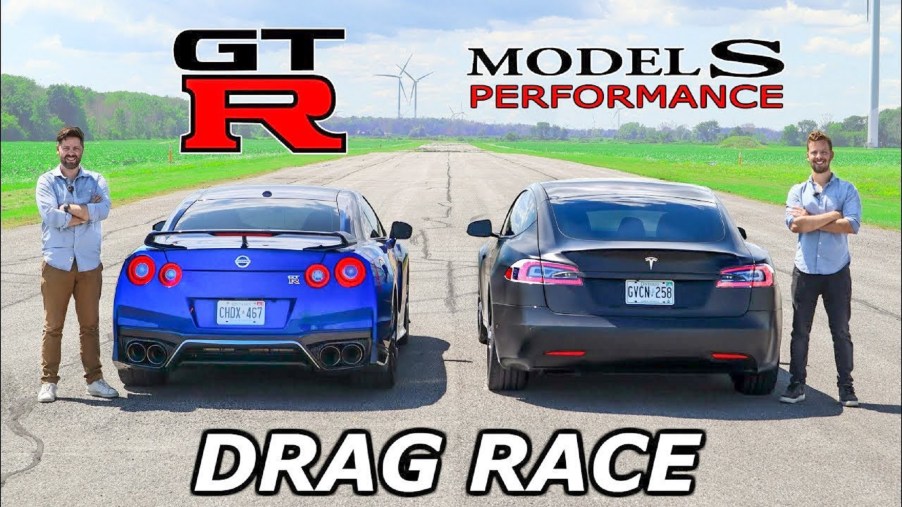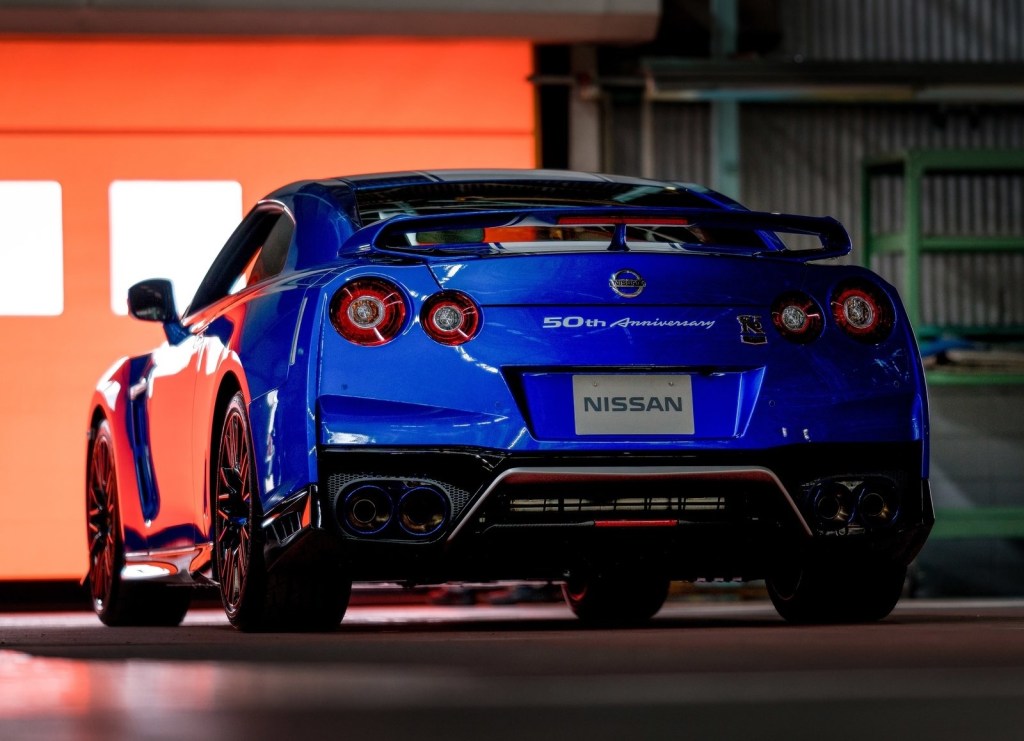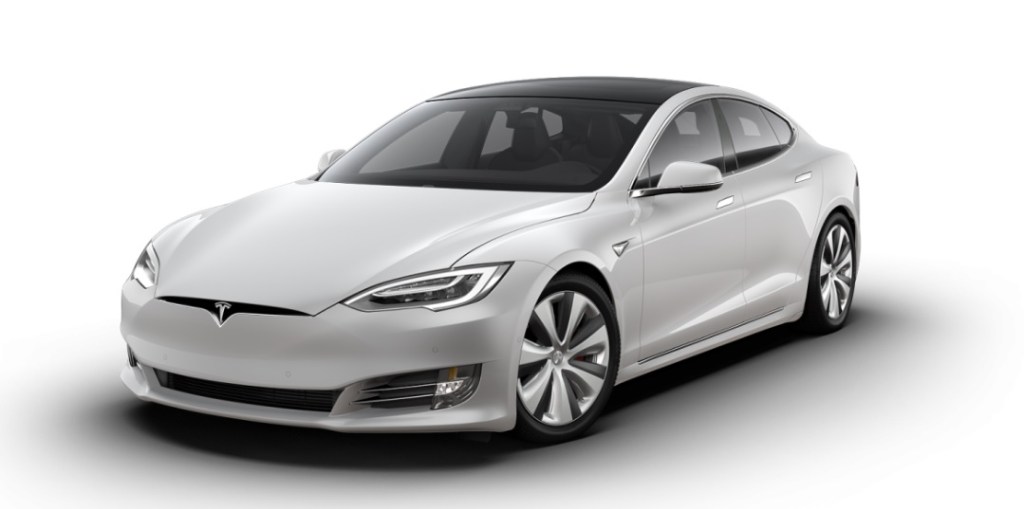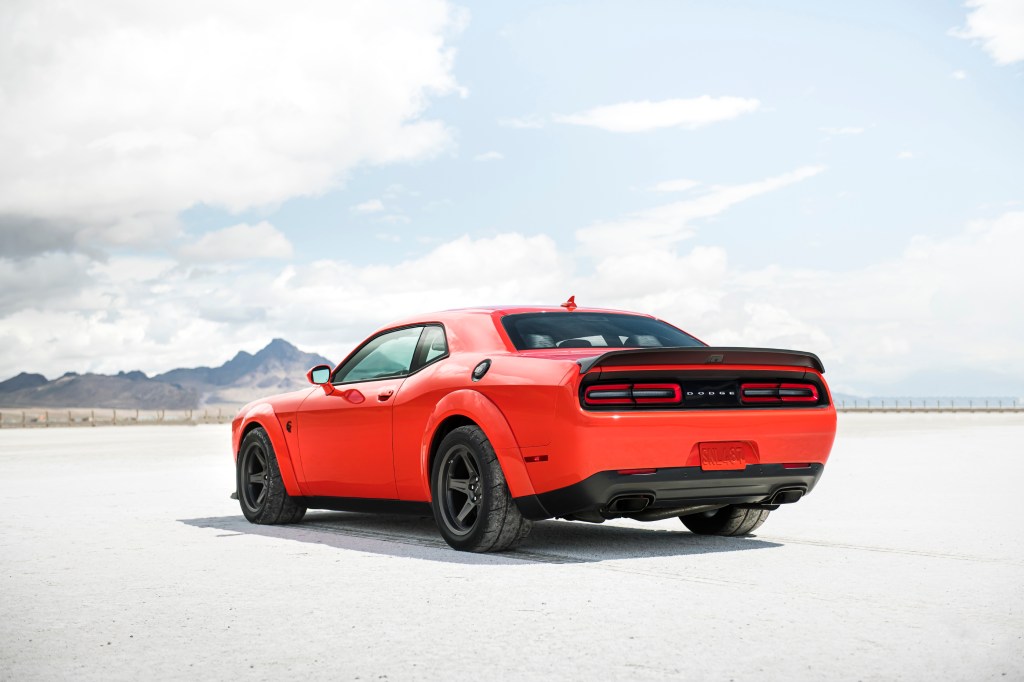
Godzilla Meets Mecha-Godzilla: Nissan GT-R vs Tesla Model S Performance
Despite its age, the Nissan GT-R still offers an incredible blend of performance and daily-drivability. Especially in the 0-60 and ¼-mile drag racing arena. But EVs have long since proven their high-speed capabilities. And the poster child for this is the Tesla Model S, which recently received a few performance upgrades. So, what happens when the two face off in a drag race? YouTube team Throttle House wanted to find out.
2020 Nissan GT-R vs. Tesla Model S Performance: the high-speed specs and features

As it has since 2009, the Nissan GT-R has a 3.8-liter twin-turbocharged V6, a 6-speed dual-clutch automatic, and all-wheel drive. But that V6 has grown steadily in power over the years.
In NISMO trim, the Nissan GT-R produces 600 hp, Car and Driver reports. But Throttle House raced a ‘standard’ model, with ‘only’ 565 hp and 467 lb-ft. And though the GT-R weighs roughly 3900 pounds, with AWD and launch control it can go 0-60 in 2.9 seconds. Plus, Nissan has long since fixed the DCT’s early teething issues, Car and Driver reports. Godzilla can now launch repeatedly with impunity.

The AWD Tesla Model S Performance, though, hasn’t stayed static, either. Combined, its dual electric motors produce 778 hp and 841 lb-ft, Car and Driver reports. And even though it weighs just over 5000 pounds, it can go 0-60 in 2.5 seconds. At least, it used to.
Part of its latest update, Car and Driver reports, is ‘Ludicrous+ Mode’ and ‘Cheetah Stance.’ This update increases peak power, as well as the power delivered above 80 mph, Roadshow reports. It also improves the powertrain’s resistance to heat. Basically, the Tesla Model S Performance can run cooler and harder for longer.

Plus, Cheetah Stance lowers the front of the car and stiffens the front suspension. It’s similar to what the Dodge Challenger Super Stock does to improve rear-weight traction under acceleration. As a result, its 0-60 time drops to a claimed 2.4 seconds.
Testing these performance titans
0-60 times aren’t everything, though. And how often, really, do people use launch controls on actual streets? So, while Throttle House did run a traditional standing-start ¼-mile drag race, the hosts also ran a rolling drag race.
A rolling race eliminates launch control software from the performance equation. All that’s left is engine and transmission tuning. Unfortunately, on paper, the Nissan GT-R appears to be at a disadvantage even here. In Car and Driver’s testing, the GT-R ran the ¼-mile in 11.1 seconds. The Tesla Model S Performance, meanwhile, was 0.5 seconds faster, with an identical trap speed.
How did the Nissan GT-R do?
The results, then, were predictable. In both the standing-start and rolling races, the Tesla Model S Performance finished ahead of the Nissan GT-R. However, it wouldn’t necessarily do so for more than a few races.
In Car and Driver’s Porsche Taycan and pre-Cheetah Tesla Model S comparison, reviewers discovered the latter was only quick for a few test runs. After the 3rd run, the Model S’ 0-60 time had increased to roughly 6 seconds. And its ¼-mile times stretched to about 14 seconds.
To be fair, the Cheetah and Ludicrous+ Modes do curtail some of this performance degradation. But only some of it. That’s because the software update doesn’t improve cooling, Car and Driver explains. Instead, it just lets the powertrain components get hotter before the power drops. As a result, the updated Tesla Model S Performance’s 0-60 times eventually increased to the mid-3-second range.
Also, Ludicrous+ Mode doesn’t work quite like the Nissan GT-R’s adjustable transmission, AWD, and suspension. It takes about 25-30 minutes for the Tesla’s battery pack to warm up before it’s ready. At that point, the GT-R could’ve launched and returned multiple times.
So, yes, the Tesla Model S Performance can out-race the Nissan GT-R. But not necessarily for very long.
Follow more updates from MotorBiscuit on our Facebook page.


